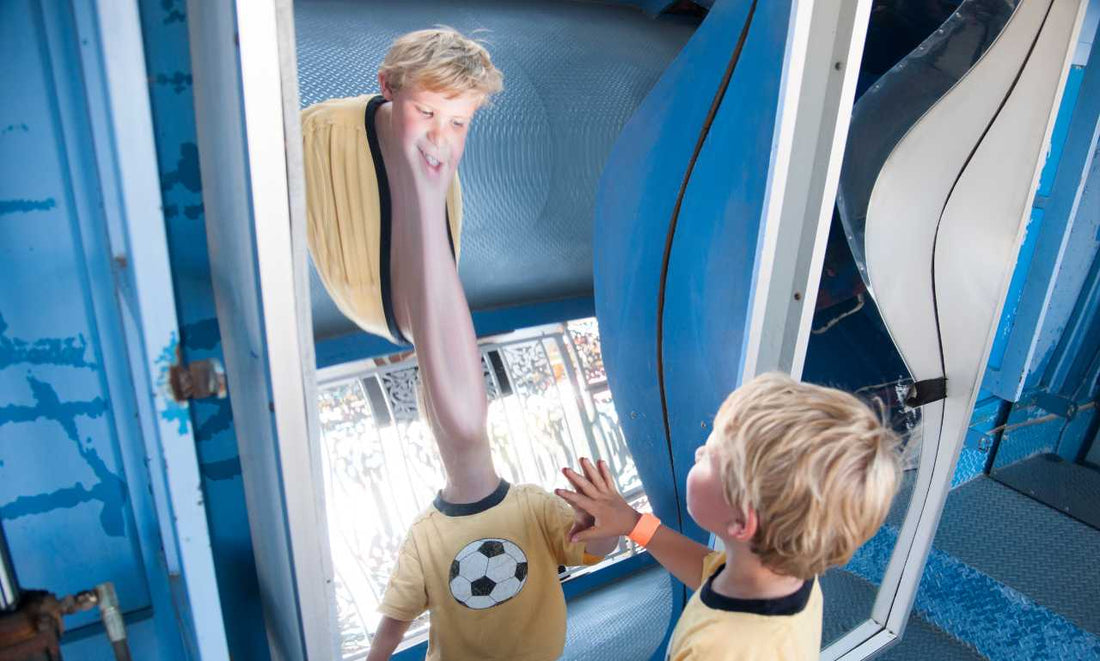Introduction
In the evolving landscape of home decor, LED mirrors stand out as a blend of advanced technology and innovative design. Understanding the intricate anatomy of an LED mirror is essential to fully appreciate its functionality, craftsmanship, and the sophistication behind these modern fixtures. This comprehensive article delves into the detailed components of an LED mirror, illuminating the complexities and nuances of its design and operation.
- The Mirror Glass: A Foundation of Clarity and Quality
The primary component of an LED mirror, the mirror glass, is pivotal in defining its quality and functionality. High-quality LED mirrors are crafted using robust, thick glass with exceptional clarity and light-reflective properties. The surface of this glass is often treated to enhance durability and safety, incorporating shatter-resistant measures and anti-glare properties. This section will explore the types of glass used, the importance of thickness and clarity, and the safety treatments applied to create a reliable and long-lasting mirror.
- LED Strips: The Illuminating Essence
Central to the LED mirror's functionality are the LED strips, meticulously embedded within or around the mirror. These strips, which are the primary source of illumination, vary in placement and configuration. We will explore how perimeter-placed LEDs create a distinct glow, the advantages of backlit LEDs for a diffused and even light distribution, and the technical specifications that dictate the brightness and color temperature of these LEDs.
- Reflective Coating: Crafting the Perfect Reflection
Behind the transparent glass lies a reflective coating, a crucial element that transforms ordinary glass into a mirror. Typically made from materials like silver or aluminum, this coating is applied with precision and expertise. This section will delve into the process of coating application, the materials used, and how they impact the quality and longevity of the reflection.
- Frame and Casing: Aesthetic and Protective Elements
Many LED mirrors boast a frame or casing that not only adds to the aesthetic appeal but also serves to protect the integral LED strips and electrical components. These frames vary widely in material, from sleek metals to classic wood, and in style, to suit diverse aesthetic preferences. We will examine the various frame materials, the design considerations behind them, and their role in the overall durability and appeal of the mirror.
- Electrical Wiring: The Lifeline of LED Mirrors
The electrical wiring of an LED mirror is a critical component, responsible for connecting the LED strips to a power source. This section will discuss the importance of safe and neat wiring installation, the types of wiring used, and the standards and regulations that govern the electrical safety of LED mirrors.
- Power Source and Transformer: Energizing the Mirror
For operation, LED mirrors require a power source, which can be a direct connection to a home’s electrical system or a more flexible plug-in option. Integral to this system is a transformer, which adjusts the incoming voltage to a level suitable for the LEDs. We will explore the different power source options, the role and importance of the transformer, and considerations for energy efficiency and safety.
- Switch or Sensor: Control at Your Fingertips
Controlling the LED lights is a key aspect of the mirror’s functionality. This control can be achieved through various means, including traditional wall switches, touch-sensitive buttons on the mirror, or innovative motion sensors for hands-free operation. This section will provide insight into the different types of switches and sensors, their placement and operation, and how they contribute to the user experience.
- Additional Features: Enhancing Functionality and Convenience
Modern LED mirrors often come equipped with additional features that significantly enhance their functionality and user convenience. Features such as demister pads that prevent fogging, Bluetooth speakers for audio integration, digital clocks for timekeeping, and USB charging ports for added convenience are becoming increasingly common. We will delve into these additional features, discussing how they integrate with the mirror's design, their practical benefits, and their contribution to the overall value of the LED mirror.
- Mounting Hardware: Ensuring Secure Installation
The mounting hardware of an LED mirror is fundamental to its installation and stability. This usually includes robust brackets and screws designed to securely affix the mirror to the wall. This section will cover the different types of mounting hardware, the importance of correct installation for safety and stability, and tips for ensuring a secure and level placement of the mirror.
- Safety Certification: A Mark of Quality and Reliability
High-quality LED mirrors come with safety certifications, which indicate that they have been rigorously tested and meet specific safety and performance standards. This section will explain the significance of these certifications, the types of tests mirrors undergo, and why certification is crucial, especially for bathroom mirrors that are exposed to moisture and varying temperatures.
Conclusion
The LED mirror, a marvel of modern interior design, is a sophisticated amalgamation of design, technology, and practicality. Understanding its intricate components sheds light on the meticulous craftsmanship and technological innovation that go into creating these elegant fixtures. Whether for personal use or professional installation, recognizing the various aspects of an LED mirror's design ensures an informed choice and appreciation of its intricate details. For those intrigued by the complexity and elegance of LED mirrors, our website at ledmirrorworld.com.au offers a diverse selection, each crafted with precision and care to enhance the aesthetics and functionality of your space.

